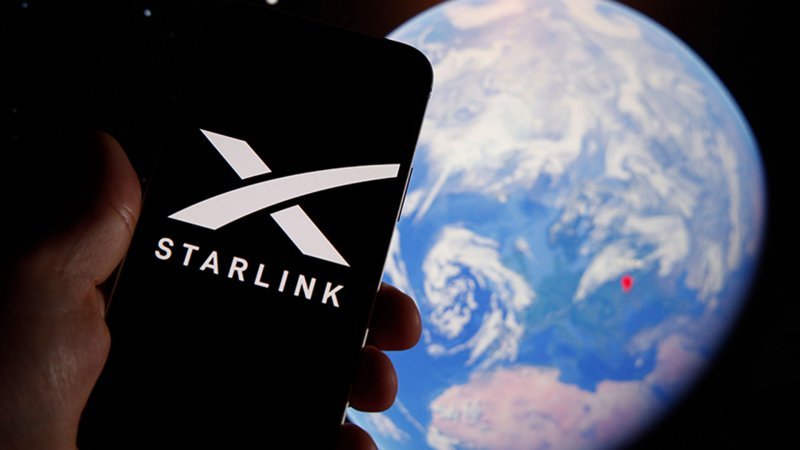Starlink, the satellite communication firm owned by Elon Musk, has received regulatory clearance from India’s space regulator, the Indian National Space Promotion and Authorisation Centre (IN-SPACe), to launch its satellite-based internet services in India.
The approval comes weeks after the government granted the company a licence in early June to offer Global Mobile Personal Communication by Satellite (GMPCS) services, Very Small Aperture Terminal (VSAT) services, and Internet Service Provider (ISP) Category-A services under the unified licence framework.
The Starlink Satellite Communications Private Limited (SSCPL), a subsidiary of Elon Musk’s Starlink, will use its Gen1 low Earth orbit (LEO) satellite constellation to offer high-speed broadband.
The authorisation is valid for five years or until the end of the Gen1 constellation’s operational life—whichever comes first.
However, Starlink must still secure all necessary approvals, licenses, and clearances from other government departments before launching services.
Starlink becomes the third company to receive approval for satellite communication (satcom) services from the Department of Telecommunications, after OneWeb and Reliance Jio.
Recently, Airtel and Jio partnered with Starlink to introduce its high-speed satellite internet services in India. The company will utilise the extensive dealer networks of both telecom operators to market and distribute its offerings across the country.
Satellite telecom services are expected to strengthen connectivity in remote and interior regions where conventional telecom infrastructure is either limited or economically unviable.
The Starlink Gen1 constellation is a global network comprising 4,408 satellites orbiting the Earth at altitudes ranging from 540 to 570 kilometres, with the capacity to deliver 600 Gbps throughput over India, offering fast and reliable internet, especially in rural and remote areas where traditional broadband is unavailable.
ALSO READ: India-origin Sabih Khan appointed new COO of Apple
This move is a major step in India’s effort to open up its space sector to private players and improve digital connectivity nationwide.















